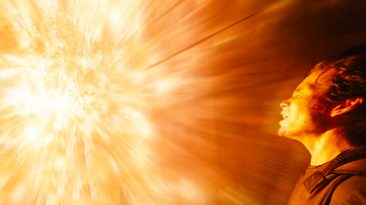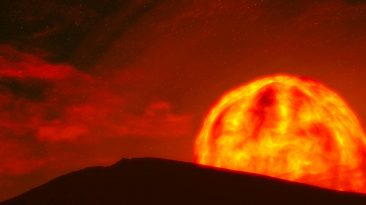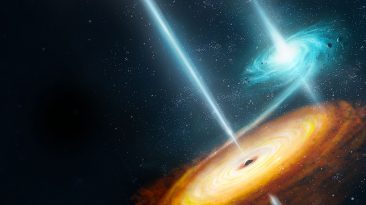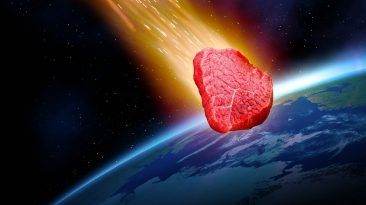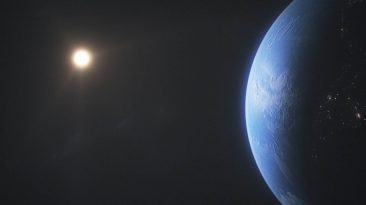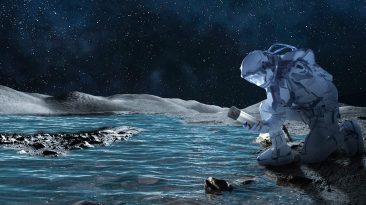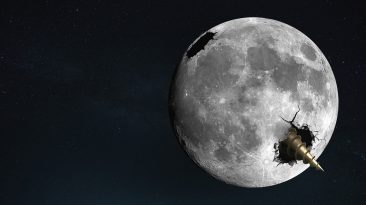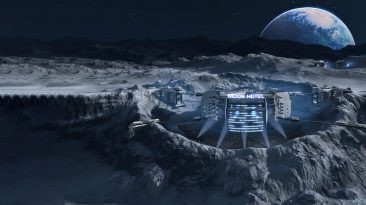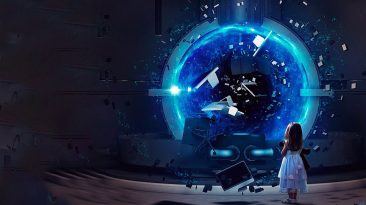The Solar System may appear calm and well organized, but it is actually the result of billions of years of delicate cosmic balancing. Changing the order of the planets might sound like a fun thought experiment, but the outcome would be anything but harmless. Whether we sorted the planets from largest to smallest or from smallest to largest, Earth would not come out of it unharmed.
Here are five powerful reasons why reshuffling the Solar System would be a catastrophic mistake.

Jupiter Near the Sun Would Be a Recipe for Destruction
If the planets were arranged by size, Jupiter, the largest one, would be placed closest to the Sun, taking the position currently occupied by Mercury. While this idea might seem far-fetched, astronomers have found other star systems with similar configurations, known as hot Jupiters.
In this position, Jupiter would orbit the Sun every three months, and its temperature would rise dramatically. Its already massive atmosphere would expand due to the intense heat. The planet’s icy moons, such as Europa and Ganymede, could start to melt, releasing hidden oceans. However, these oceans would be quickly vaporized. Jupiter would become an enormous, overheated gas giant dominating the center of the Solar System.

Saturn Would Lose Its Famous Rings
Saturn would be next in line, now orbiting where Venus currently does. In this much warmer region, Saturn would no longer be the ringed beauty we know today. The ice particles that form its iconic rings would melt, and the remaining dust would be blown away by solar radiation. The result would be a duller planet with a lost identity.
This change would affect more than just the planet’s appearance. Saturn’s rings influence its gravitational relationship with its moons. Without the rings, the balance of its system would be changed forever.

Earth Would Become Uninhabitable
No matter how the planets are reordered, Earth ends up in a bad spot.
In a largest to smallest layout, Earth would be pushed farther from the Sun. The planet would receive much less sunlight, causing global temperatures to plummet. Oceans would freeze, crops would fail, and nearly all forms of surface life would perish.
In a smallest to largest arrangement, Earth would move to the fourth position from the Sun. This would still reduce sunlight by nearly half, resulting in the same outcome. Our home would become a frozen world incapable of supporting human life. Perhaps only some deep sea organisms near hydrothermal vents could continue to exist.

Gravitational Chaos Would Follow
Moving the massive gas planets closer to the Sun would throw the Solar System into chaos. These planets are incredibly heavy, and their gravitational pull would begin to interfere with each other.
Smaller planets like Earth and Mars could be thrown out of their orbits. They might crash into other planets or be pushed out of the Solar System completely. If Jupiter were placed much farther from the Sun instead, its powerful gravity could disturb the asteroid belt and send debris toward the inner planets. Earth could find itself constantly under threat from meteors and comets.
This kind of gravitational instability would not be a short term problem. Over time, it could destroy the structure of the Solar System entirely.

The Current Order Works for a Reason
The planets are not arranged randomly. Their positions were shaped over billions of years. After the Sun formed about four and a half billion years ago, heavier materials stayed closer to the center and formed the rocky planets. Lighter gases drifted outward and eventually formed the gas giants.
Around three and a half billion years ago, a significant shift occurred when Jupiter and Saturn interacted gravitationally. This movement caused other planets to settle into new, more stable positions. That chain of events created the calm, life-friendly Solar System we know today.
Changing the order of the planets would undo all of that natural balancing. It would throw a perfectly functioning system into disorder and remove the conditions that make life on Earth possible.



